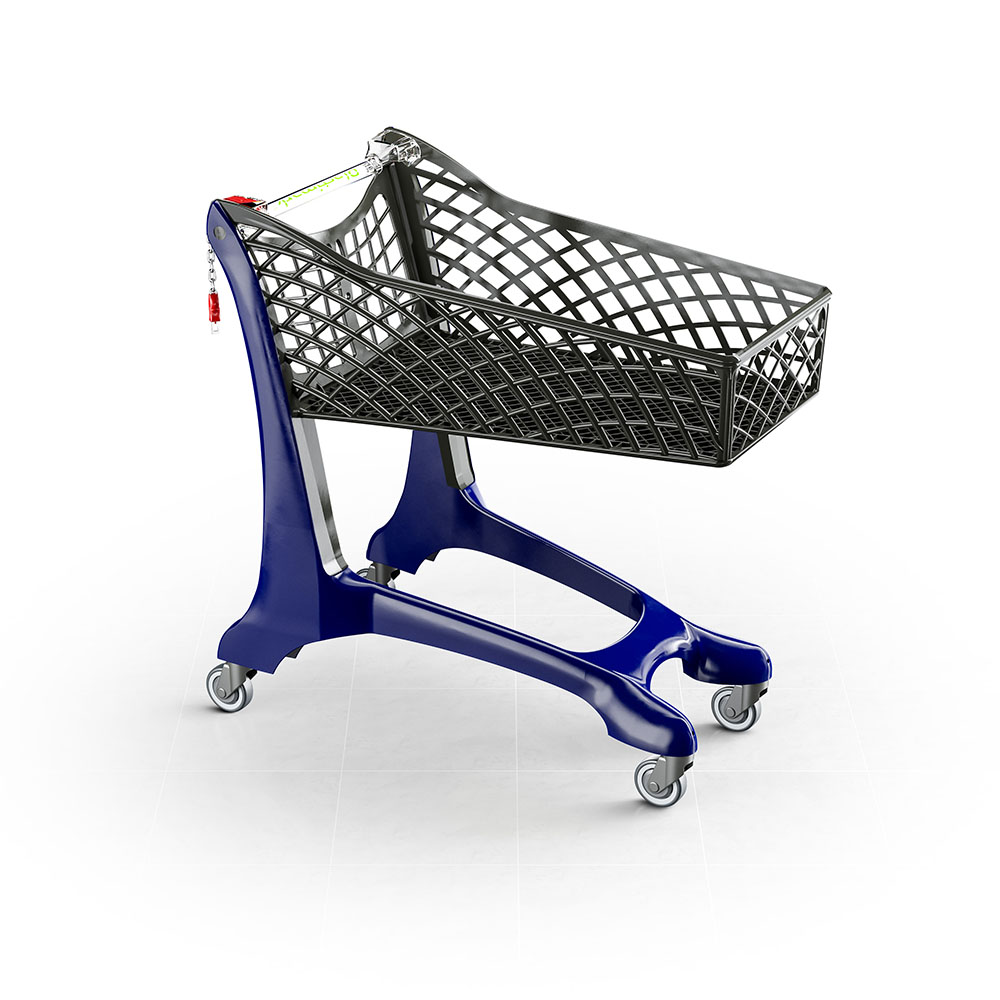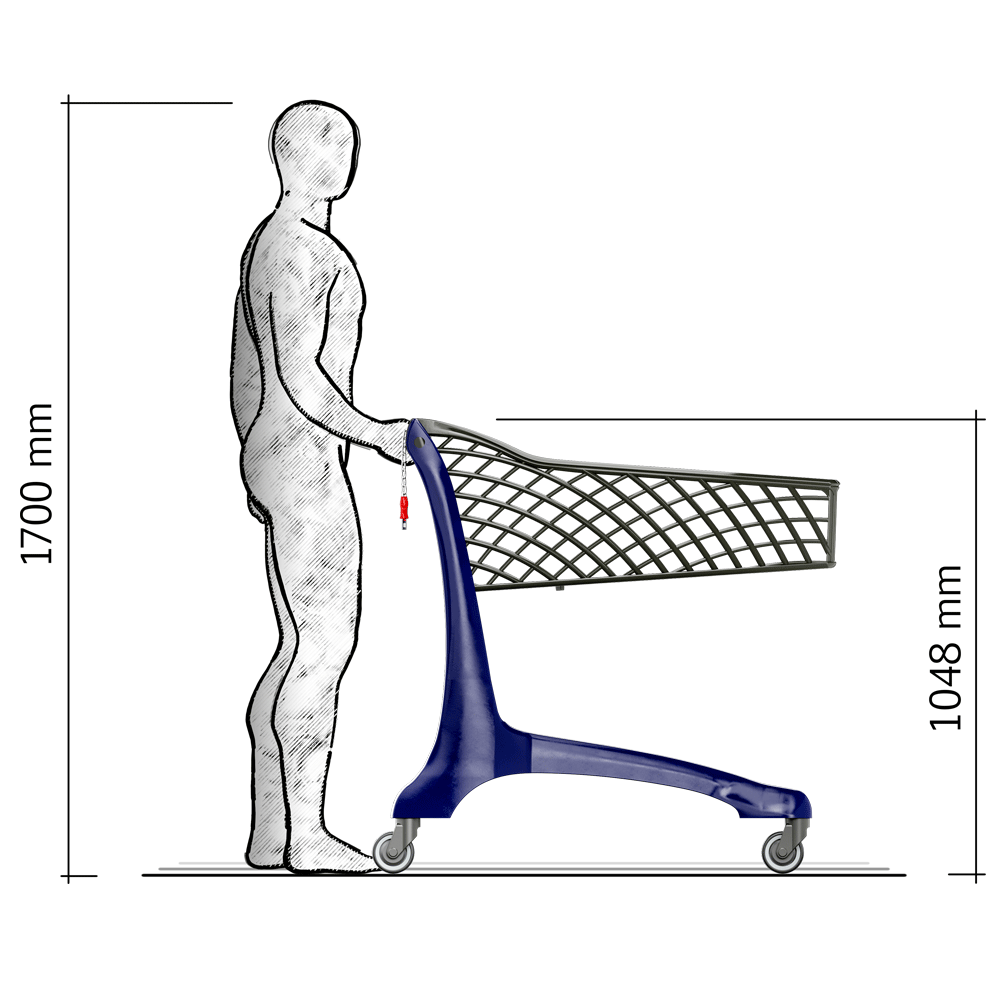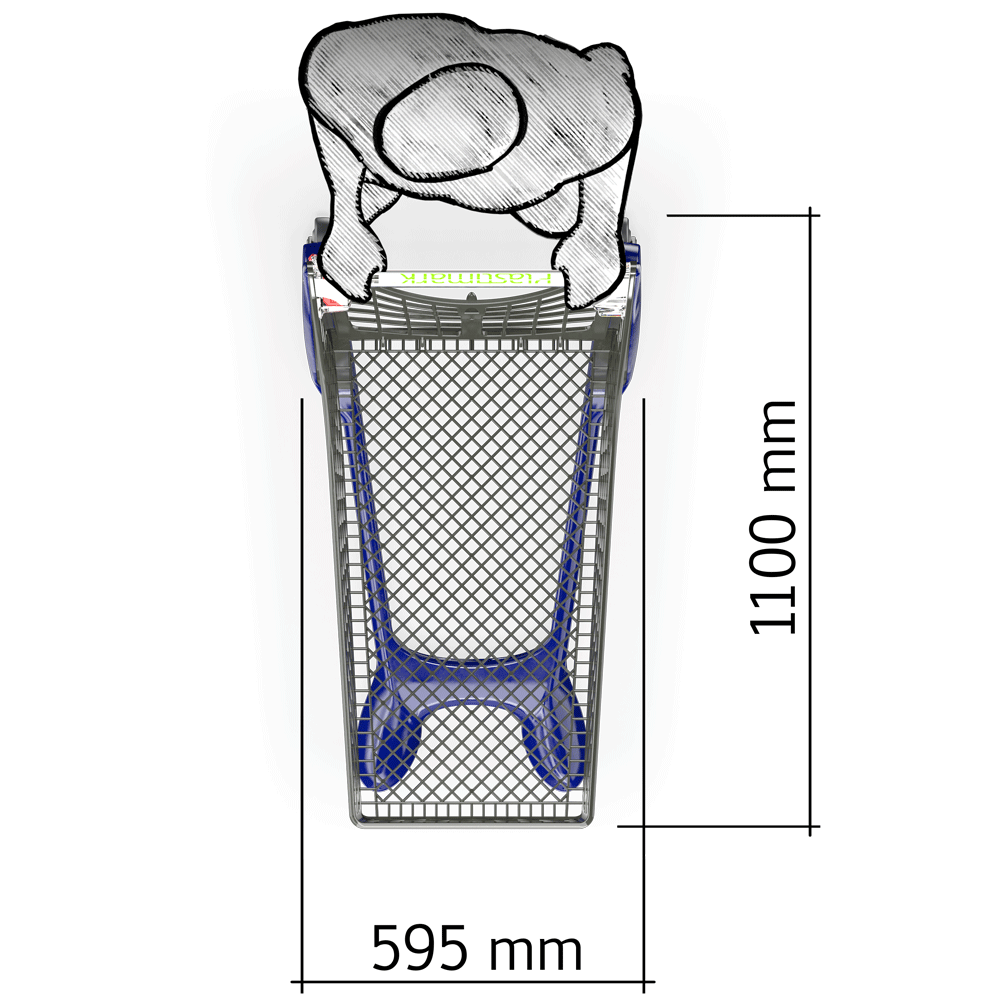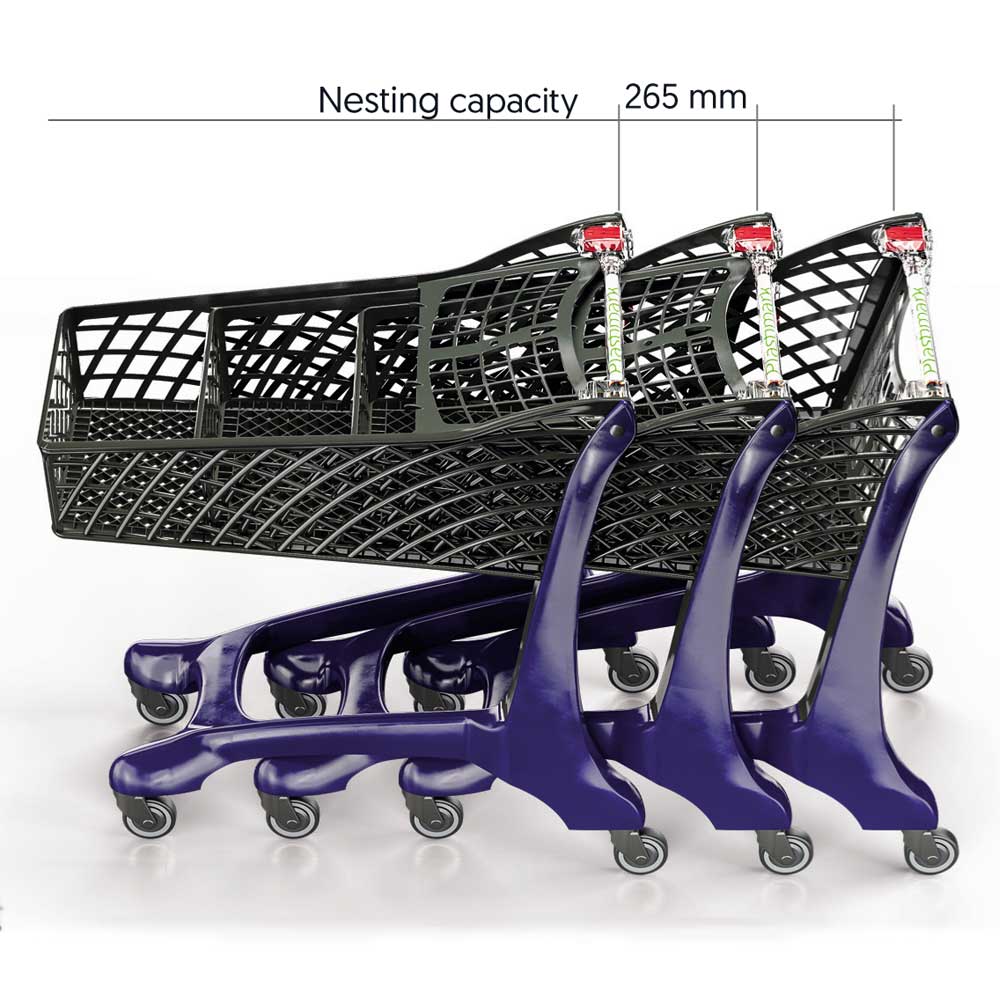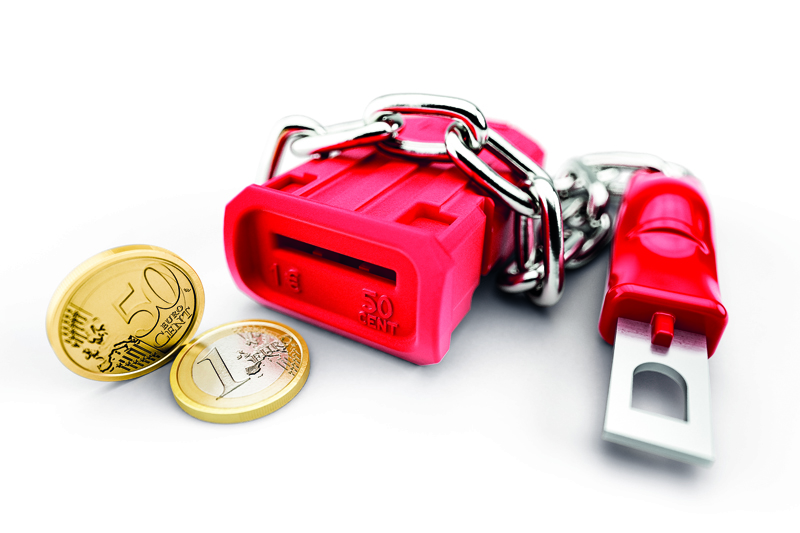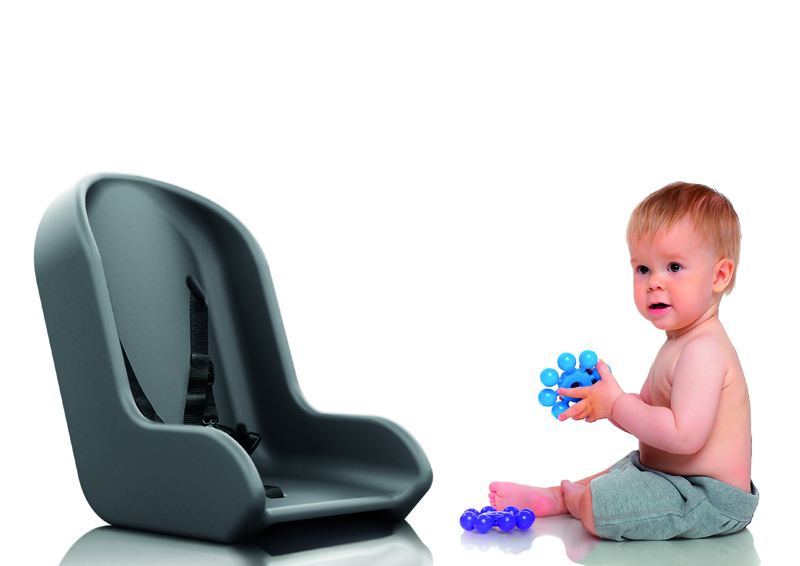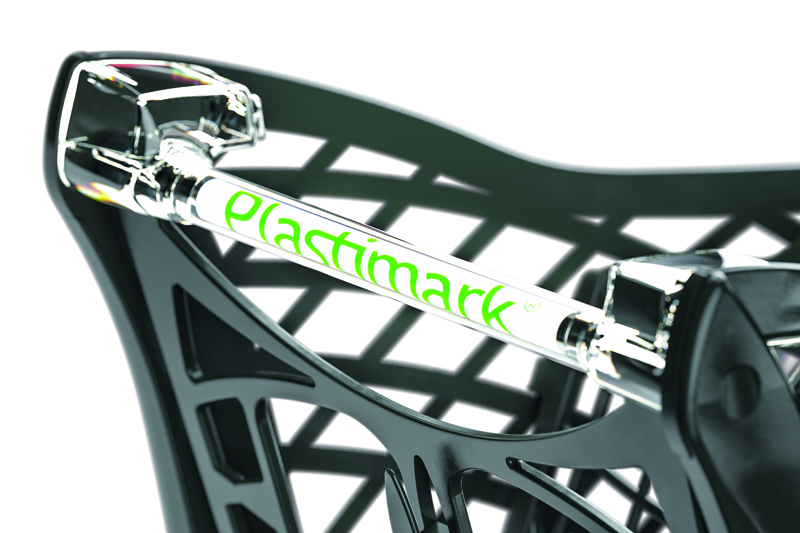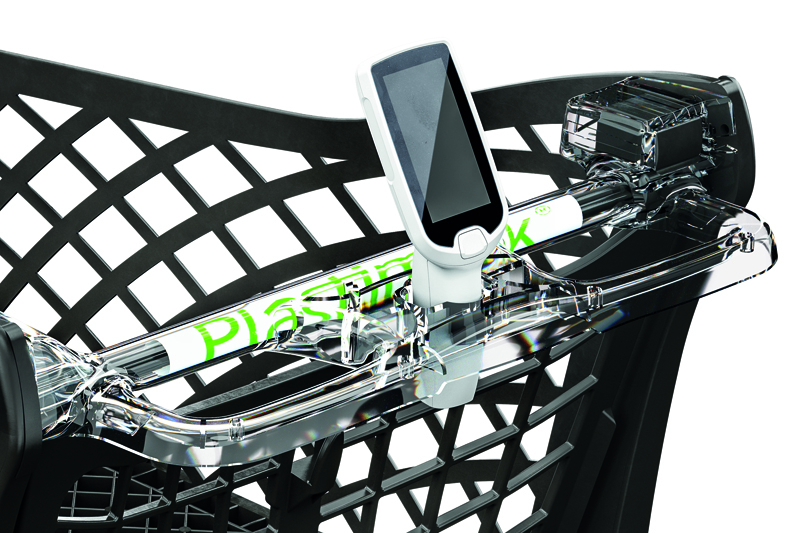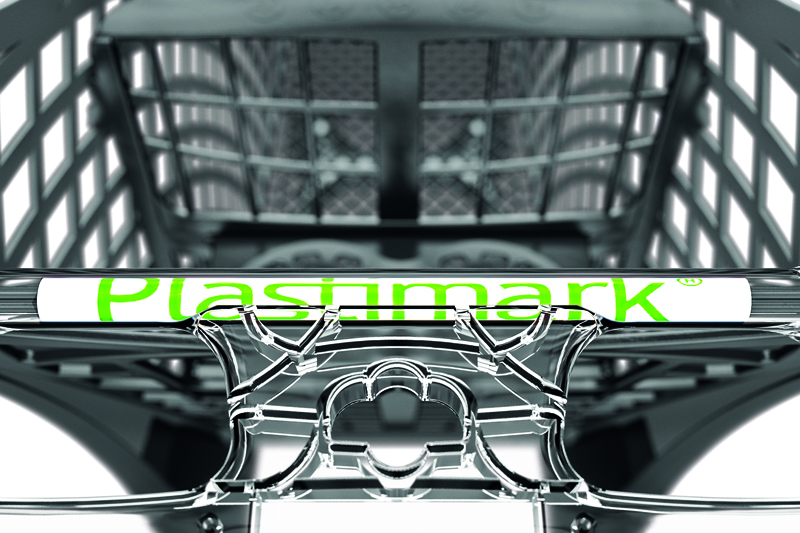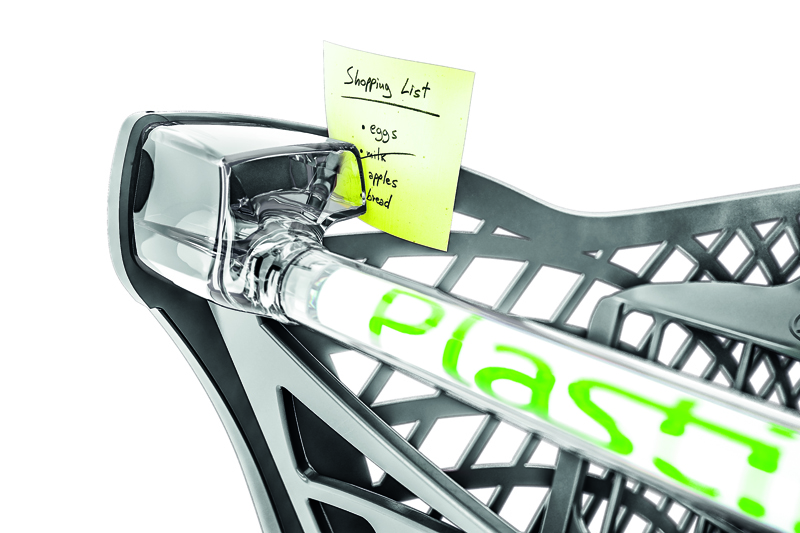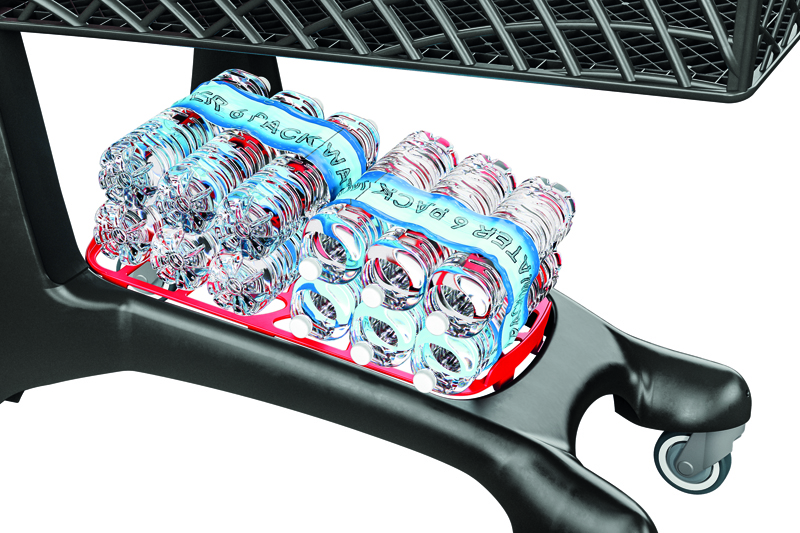Keita 90 lt
إنَّ الهيكل والتصميم والميزات هي مما تتصف به معداتنا منذ قديم الزمن، ولكن يكمن الاختلاف الأساسي هنا في عمق السلة، والذي يكون أقل هنا بشكل خاص.
ويسمح هذا الحل بإفراغ محتويات العربة بسهولة أكبر، وتجنب التعرُّض إلى مواقف غير مريحه، وذلك يجعل العربة أخف وزنُا، فيسهل التعامل معها وتكون عملية أكثر.
يوصى باستخدام عربات “كيتا” (KEITA) لمناولة البضائع في الداخل، أو في مراكز الحدائق، أو متاجر الأعمال اليدوية.
إنَّها مناسبة بشكل خاص للاستخدام من قبل كبار السن ومحدودي الحركة.
صفات
السعة: 90 لتر
العرض: 595 ملم
الارتفاع: 1،048 ملم
العمق: 1،050 ملم
التراص: 265 ملم
الوزن: 14 كجم
الألوان
بناء
● RAL 7043
● RAL 5002
● RAL 3020
الجدار الخلفي
● RAL 7023
سلة
● RAL 7043
● RAL 7023
قابل للتخصيص بأي لون حسب طلب العميل

الملحقات
العجلات
نوع LC بقطر 100
نوع LC بقطر 125
نوع LC للحزام الناقل بقطر 125
نوع بريميوم LC بقطر 100
نوع بريميوم LC بقطر 125
نوع بريميوم للحزام الناقل بقطر 125 مع مراقب للإطارات
نوع LC مع مكابح (فرامل) بقطر 100
نوع LC مع مكابح (فرامل) بقطر 125
حمولة
1 العربات الكبيرة
n° 392 pz
1 × 20 حاوية
n° 114 pz
1 × 40 حاوية
n° 258 pz




